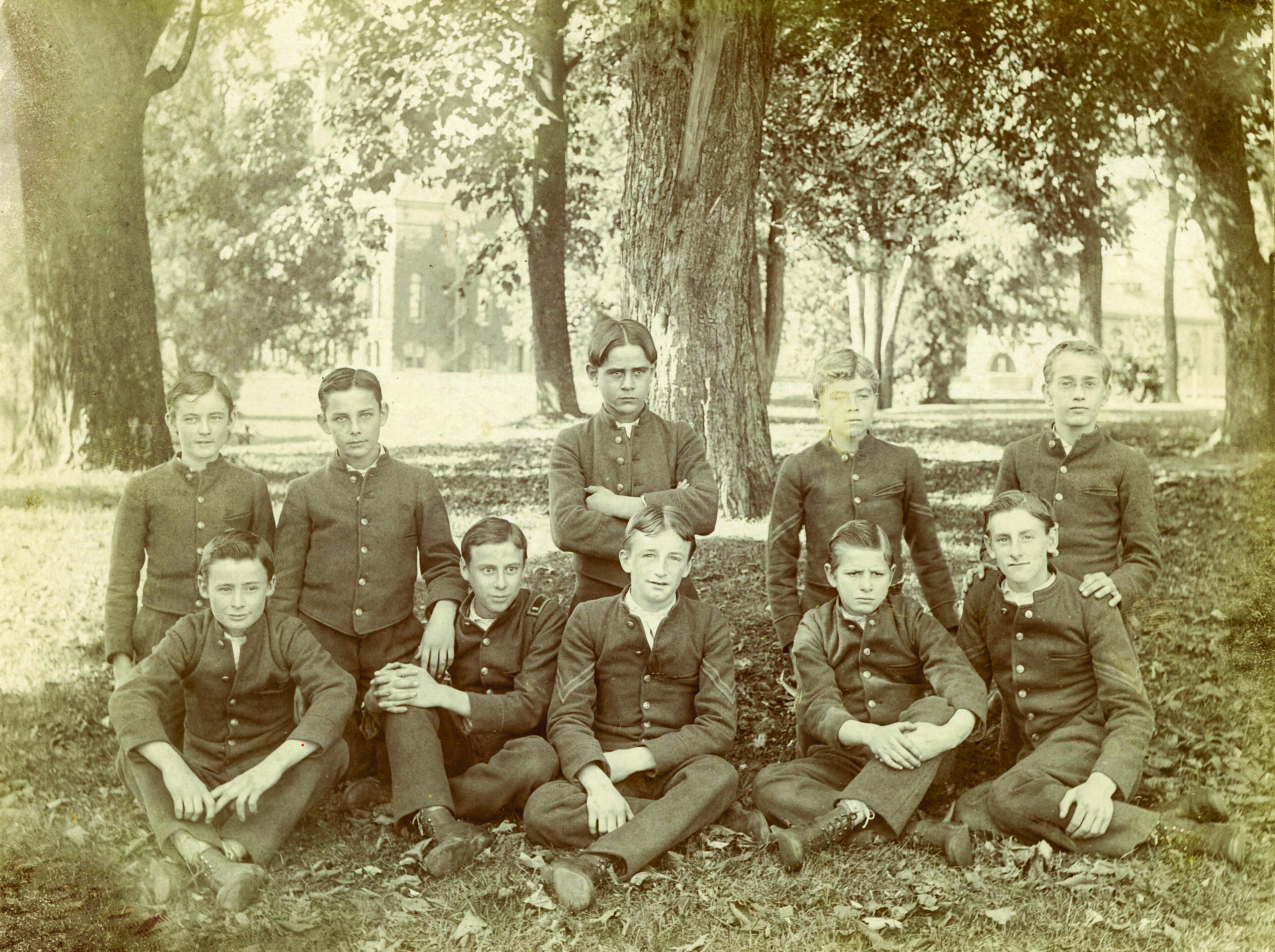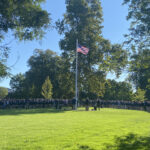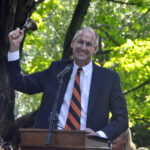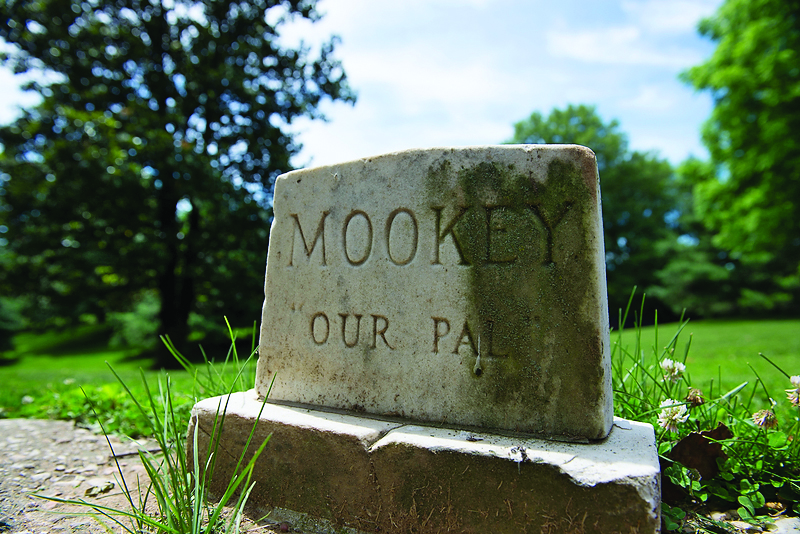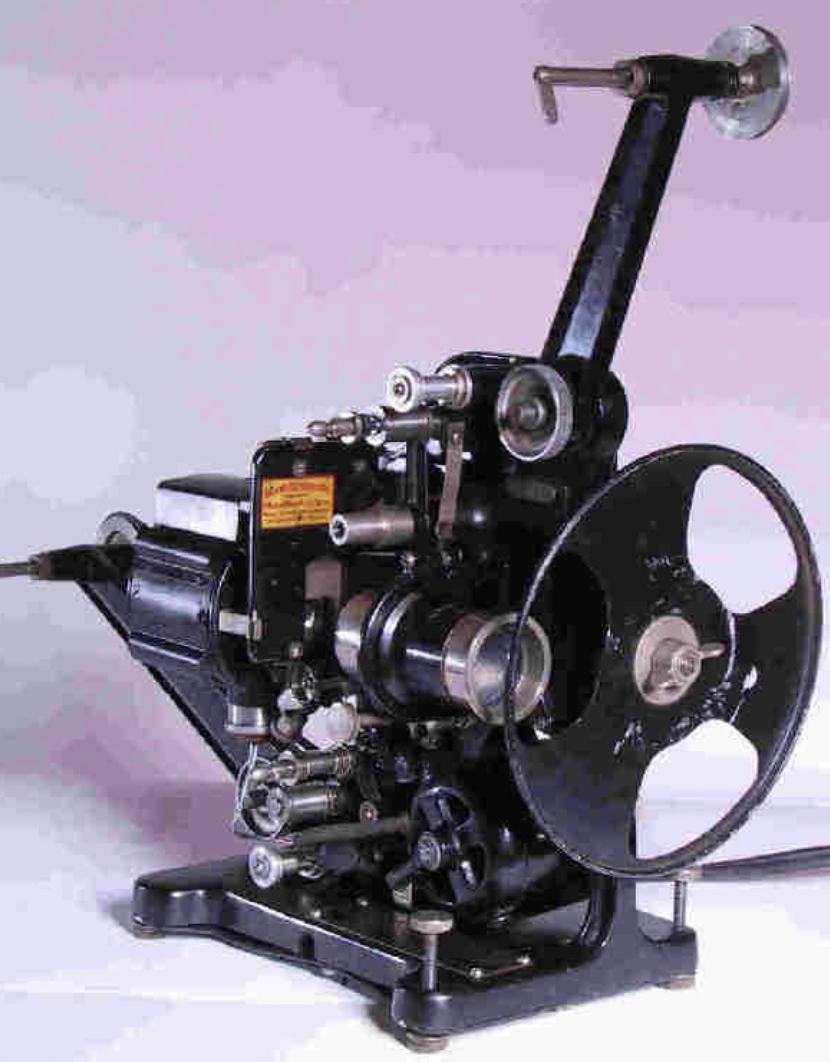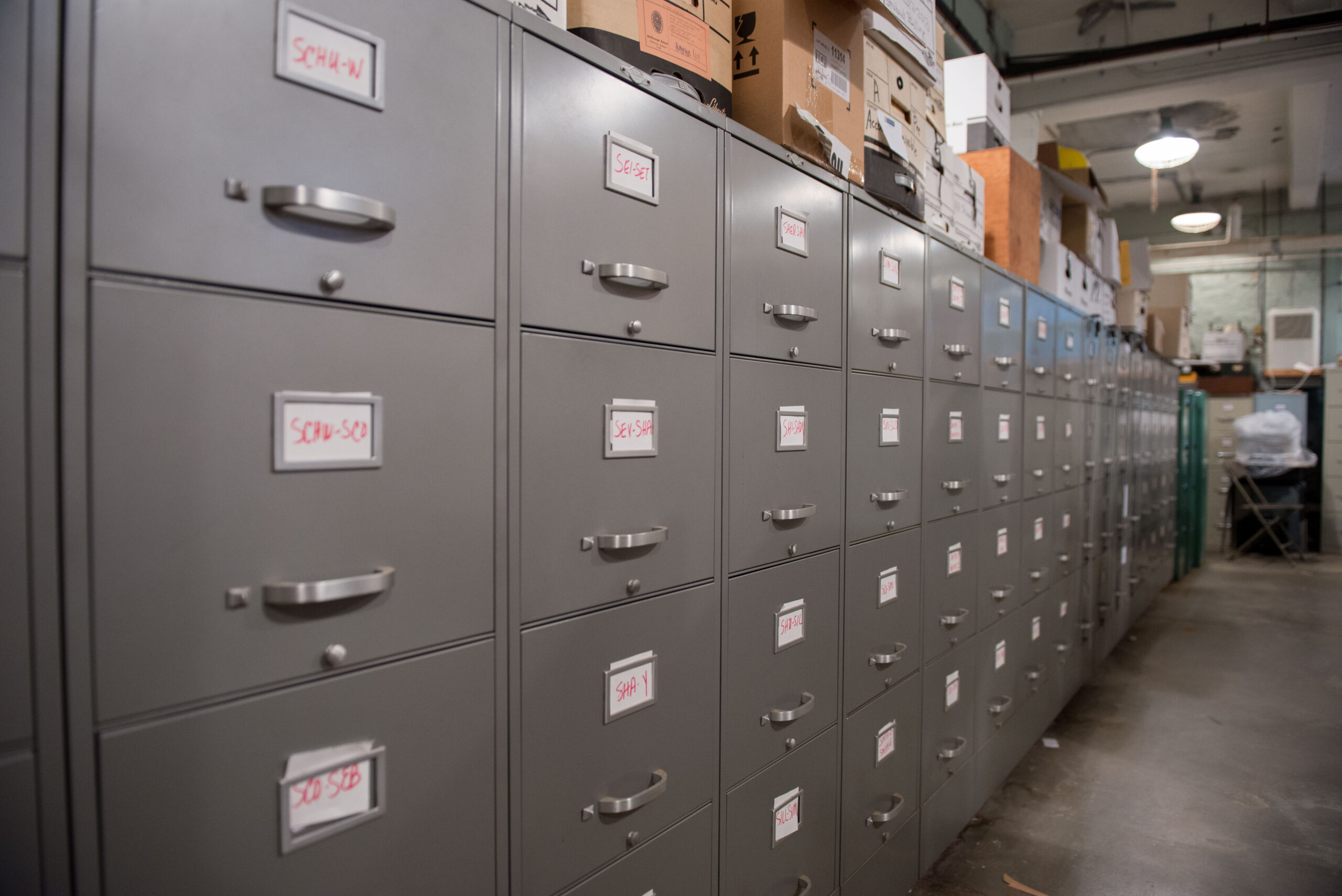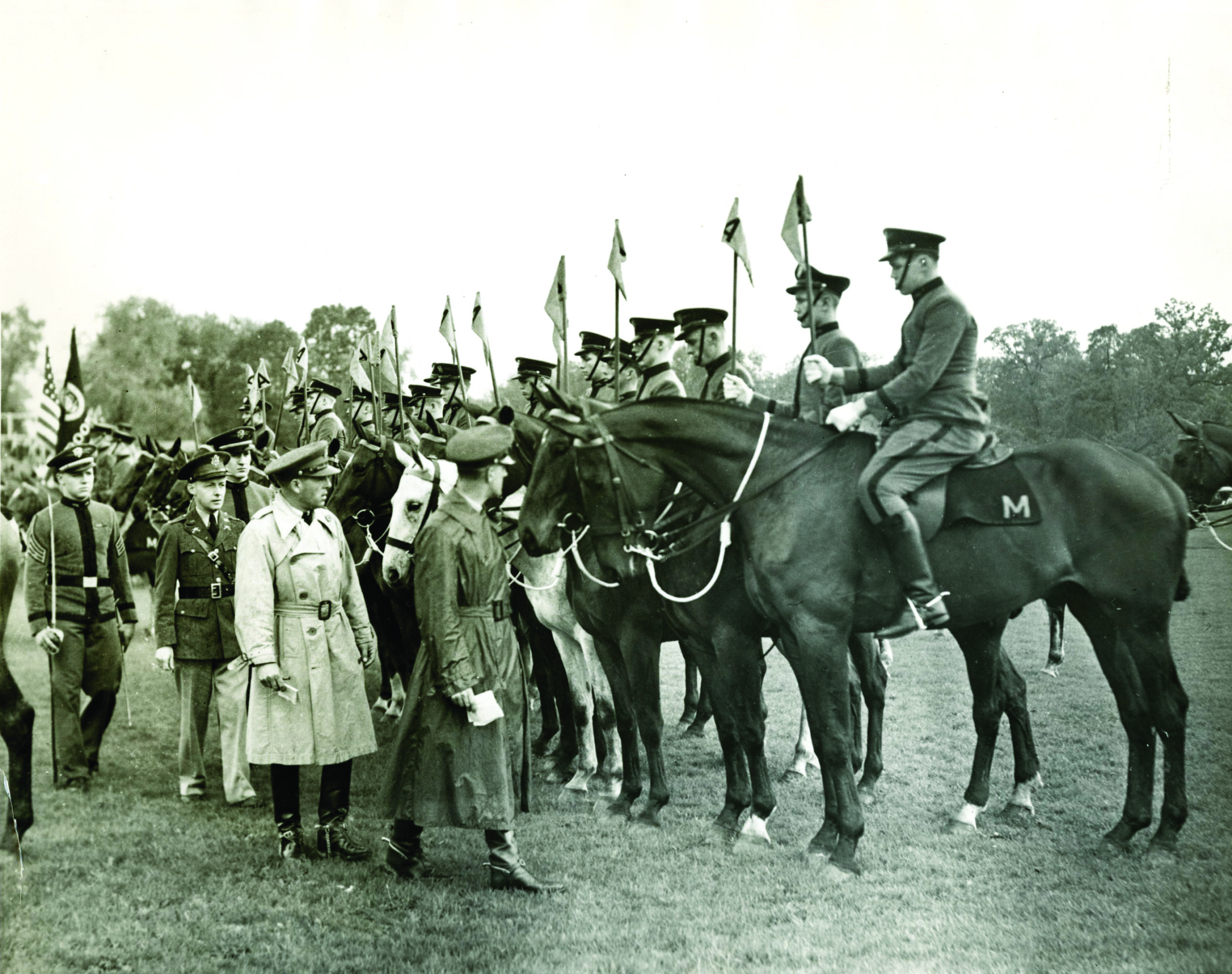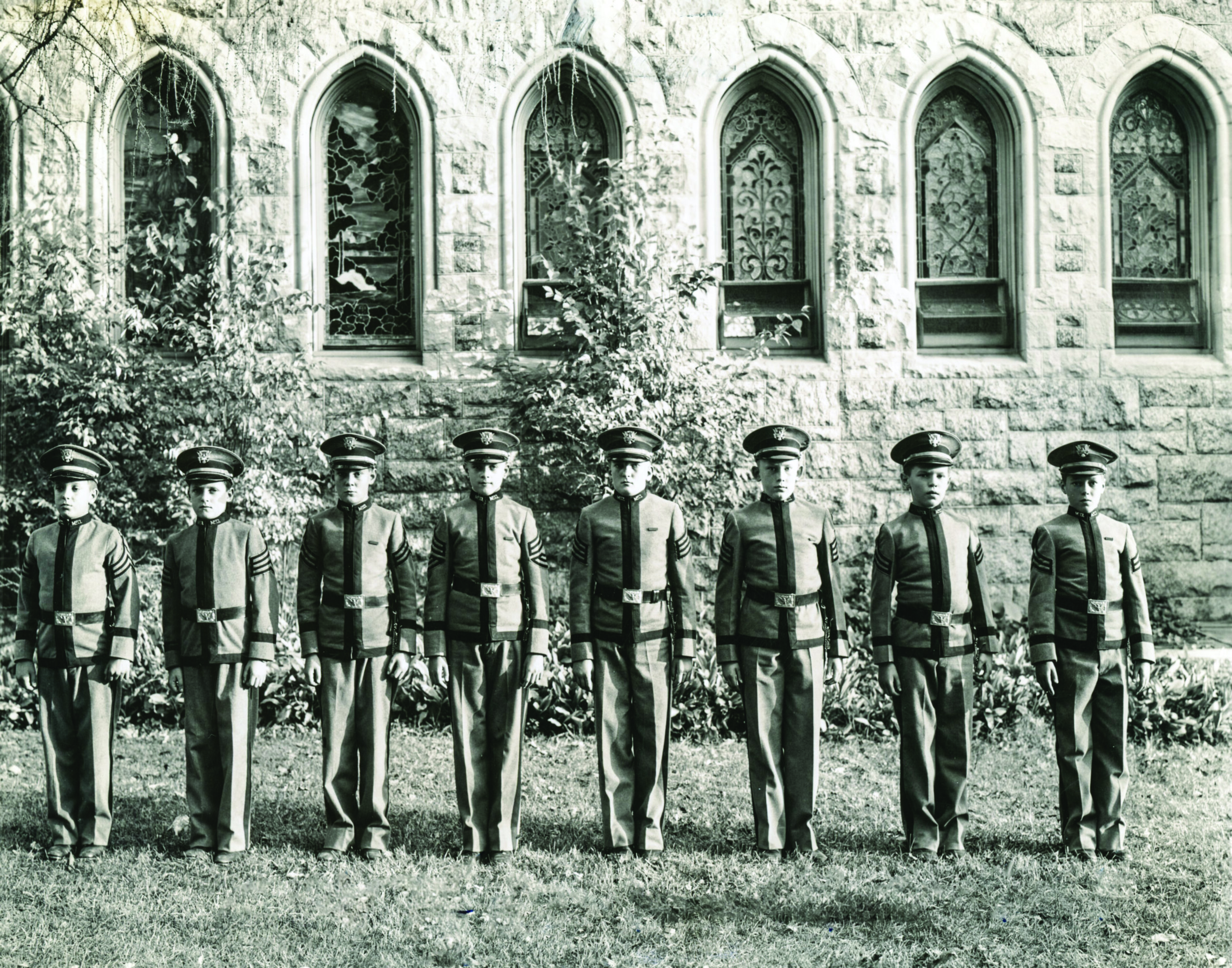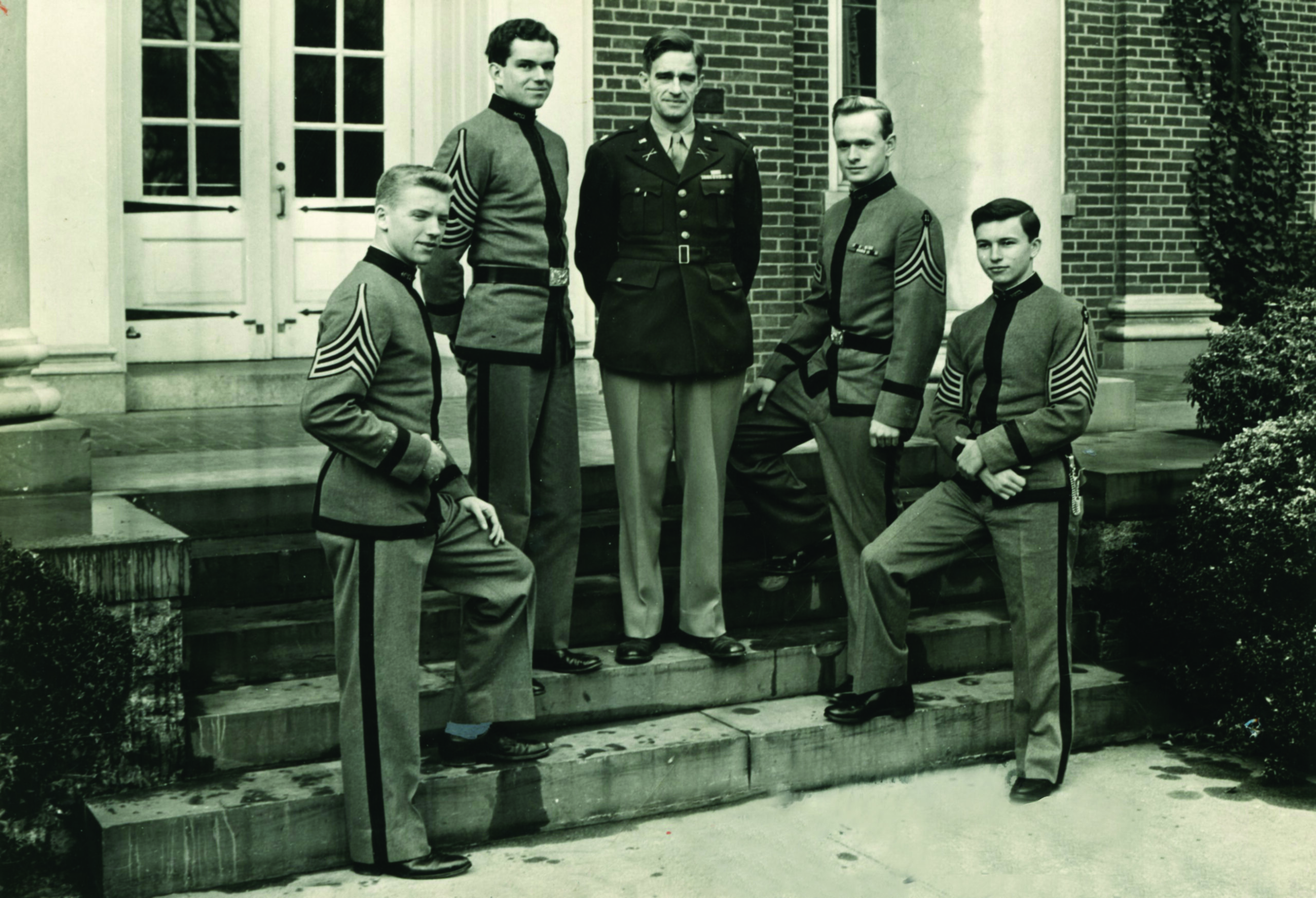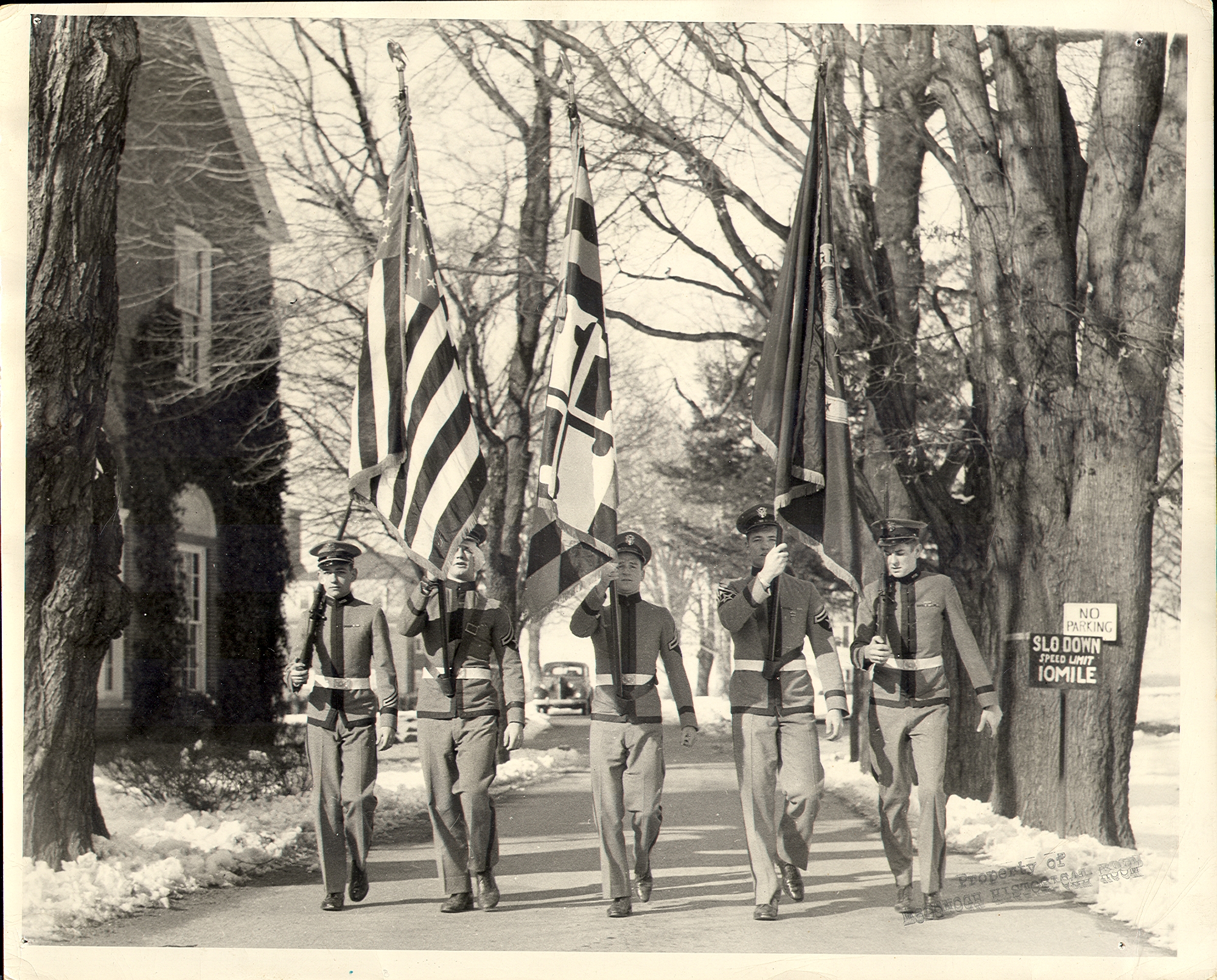McDonogh’s military structure began within days of the school opening in 1873 as a means of organization and discipline.The first military unit of 21 boys was formed with four squads, each having a corporal and a sergeant. Principal Col. William Allan had learned during his service that when young men of varing backgrounds were given responsibilities of non-commissioned officers and told how the chain of command was intended to work, they were successful in handling their assignments. In 1914, the military program was strengthened under the first Commandant of Cadets, and student officers played an increasingly important role as supervisors of student activities on the drill field and in daily life.
The War Years
In the mid-1930s as conditions in Europe steadily deteriorated, the threat of war was real. Bob Lamborn recalled that his father, Doc Lamborn, modified course content so boys were better prepared for military life. Seniors were put through the McDonogh version of basic training—an obstacle course, a gas chamber, bayonet drill, and the manual of arms—in preparation for the real thing. Bob Lamborn wrote, “Doc went through the gas chamber with the boys. When the boys choked and complained, Doc responded, ‘Stop complaining. Things will get a lot worse than this.’”
After the U.S. entered World War II, students were prepared for military service through coursework, calisthenics, and other training. In 1945, many seniors left school early to enlist in the military; the School arranged for them to complete their coursework when they returned. It was also arranged with the Draft Board that administrators and staff members would be called up before teachers so the boys’ education would be maintained at a high level. Draft-free faculty members were assigned to military training aspects of the School program to carry the responsibilities of those who were called up. The draft impacted other campus personnel as well. When the number of stable hands dropped from four to two, and the task of caring for the horses became more than they could handle, Doc Lamborn began to show up at 6:30 in the morning to help out.
Bob Lamborn recalled, “During the war years, there was a threat of air raids and there were air raid drills. Instead of clearing the buildings and gathering on the quadrangle, as was practice in fire drills, the gatherings were in the basements, where everyone sat leaning against the walls.”
At the close of the war, returning alumni were offered the opportunity to take any courses they missed or ones they believed they needed as “refresher” courses. Faculty members who had picked up administrative assignments during the war returned to their classrooms, and those who had gone into service returned to their previous positions.
An article in the 1969 Legacy yearbook explained the military this way: “Although the military program may seem far removed from the purpose of a preparatory school, McDonogh, as any school, has more than an academic obligation in preparing its students for college and life. The military system provides a stimulus to the development of character. In this way, McDonogh feels that upon graduation, each student is ready to express himself as a man.”
